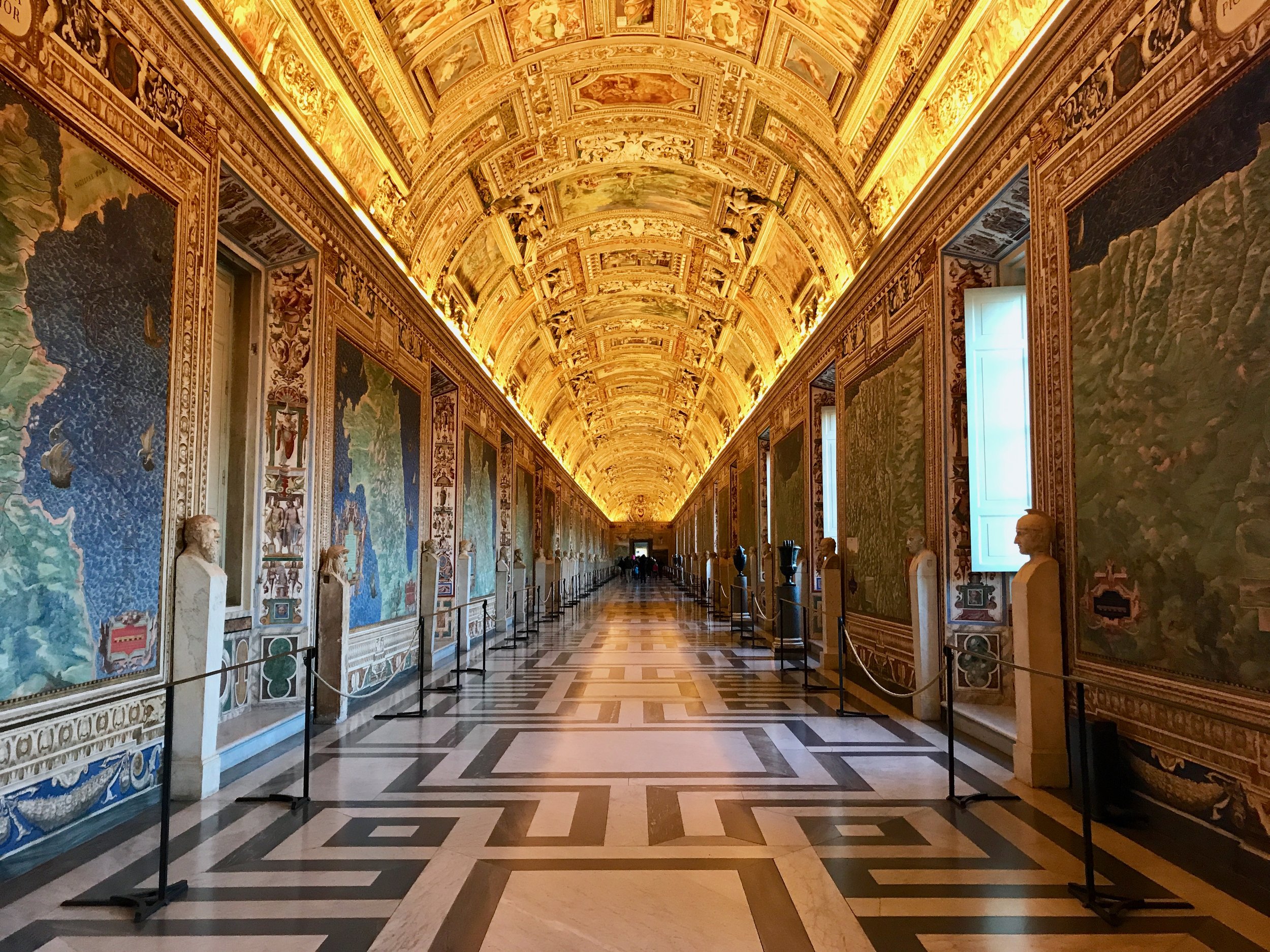A visit to Vatican City is incomplete without experiencing the Sistine Chapel, one of the world’s most breathtaking artistic and religious treasures. Renowned for its magnificent frescoes painted by Michelangelo, this sacred site within the Apostolic Palace is a must-see for art lovers, history buffs, and travelers alike.
From the iconic ceiling frescoes to the Last Judgment mural, every inch of the Sistine Chapel is a testament to Renaissance brilliance and a place of deep spiritual significance.
The History Behind the Sistine Chapel

Named after Pope Sixtus IV, who commissioned its construction in the late 15th century, the Sistine Chapel has played a vital role in the Catholic Church. It is where papal conclaves (the election of new popes) take place.
But what truly makes it legendary is the incredible artwork, especially Michelangelo’s ceiling frescoes, painted between 1508 and 1512, and his Last Judgment, completed in 1541. These masterpieces transformed the chapel into one of the most celebrated art spaces in the world.
Must-See Highlights in the Sistine Chapel
1. Michelangelo’s Ceiling Frescoes

Arguably the most famous ceiling in the world, Michelangelo’s masterpiece consists of nine central panels depicting stories from the Book of Genesis, including:
- The Creation of Adam – The iconic image of God reaching out to touch Adam’s finger, symbolizing the birth of humanity.
- The Separation of Light from Darkness – A powerful depiction of God creating the world.
- The Fall of Man and Expulsion from Eden – The tragic story of Adam and Eve’s temptation and exile from paradise.
2. The Last Judgment (1536–1541)

Covering the entire altar wall, this dramatic fresco depicts the final moments of humanity, with souls ascending to heaven or being cast into damnation. Michelangelo’s vision of the Day of Judgment is both powerful and haunting, showcasing his mastery of human form and emotion.
3. The Side Wall Frescoes

Painted by Renaissance masters like Botticelli, Perugino, and Ghirlandaio, these frescoes depict scenes from the lives of Moses and Jesus, adding to the chapel’s artistic richness.
4. The Papal Conclave
The Sistine Chapel is not just an artistic wonder but also a deeply sacred place. It serves as the venue for the election of new popes, where cardinals gather in secrecy to choose the leader of the Catholic Church.
5. The Architecture
The chapel’s architecture, with its high vaulted ceiling and elegant proportions, creates a sense of grandeur and solemnity. The space is designed to inspire awe and reverence, making it a fitting setting for its masterful frescoes.
Visitor Information
🕒 Opening Hours:
- Monday – Saturday: 9:00 AM – 6:00 PM (Last entry at 4:00 PM)
- Closed on Sundays (except the last Sunday of the month, with free entry)
💰 Ticket Prices:
- General Admission: €17
- Reduced Price (Students & Seniors): €8
- Free Entry: Last Sunday of every month (expect long queues!)
📍 Location:
- Inside the Vatican Museums, Vatican City
How to Get There
- Metro: Take Line A to Ottaviano Station or Cipro Station, then walk about 10 minutes.
- Bus: Bus #49 stops near the Vatican Museums entrance.
- Tour: Many guided tours include priority entry to skip the long queues.
- Walking: The Vatican is within walking distance of many central Rome attractions, including St. Peter’s Basilica and Castel Sant’Angelo.
Tips for Your Visit

- Book Tickets in Advance: The Vatican Museums and Sistine Chapel are extremely popular, so book your tickets online to avoid long lines.
- Dress Modestly: As a place of worship, the chapel requires visitors to dress modestly, covering shoulders and knees.
- Respect the Space: The chapel is a sacred site, so maintain a respectful demeanor and avoid loud conversations.
- No Photography: Photography is strictly prohibited inside the chapel.
- Visit Early or Late: To avoid crowds, visit early in the morning or later in the afternoon.
- Take a Guided Tour: A guided tour can provide deeper insights into the chapel’s history, art, and significance.
- Combine with Other Attractions: The Sistine Chapel is part of the Vatican Museums, which house an incredible collection of art and artifacts.
Why Visit the Sistine Chapel?

- Witness one of the greatest masterpieces of Renaissance art
- Marvel at Michelangelo’s breathtaking ceiling and The Last Judgment
- Experience the sacred atmosphere of the chapel
- Learn about the chapel’s role in papal history
- A once-in-a-lifetime cultural and spiritual experience
If you’re in Rome or Vatican City, the Sistine Chapel is an unmissable destination that will leave you in awe of human creativity and devotion.
Sistine Chapel Visiting Experience

Visiting the Sistine Chapel was a truly awe-inspiring experience. Seeing Michelangelo’s frescoes in person was breathtaking. The sheer scale and beauty of the artwork were overwhelming. It’s a must-see for anyone visiting Vatican City and interested in art, history, or spirituality.
📍 Have you visited the Sistine Chapel? Share your thoughts and experiences in the comments below!







0 Comment